Rubber Roof Inspection Schedule
Rubber roof inspections are essential for maintaining the integrity and longevity of rubber roofing systems. Regular inspections help identify early signs of wear, damage, or potential leaks, preventing costly repairs and extending the roof's lifespan. Understanding the optimal timing for inspections ensures that issues are caught early, especially before severe weather conditions or seasonal changes.
Conducting inspections in spring allows for early detection of winter-related damage and prepares the roof for upcoming summer heat.
Fall inspections help identify issues caused by summer exposure and ensure the roof is ready for winter conditions.
After heavy storms, inspections are crucial to assess damage and prevent leaks or further deterioration.
Scheduling inspections biannually ensures ongoing roof health and timely repairs.
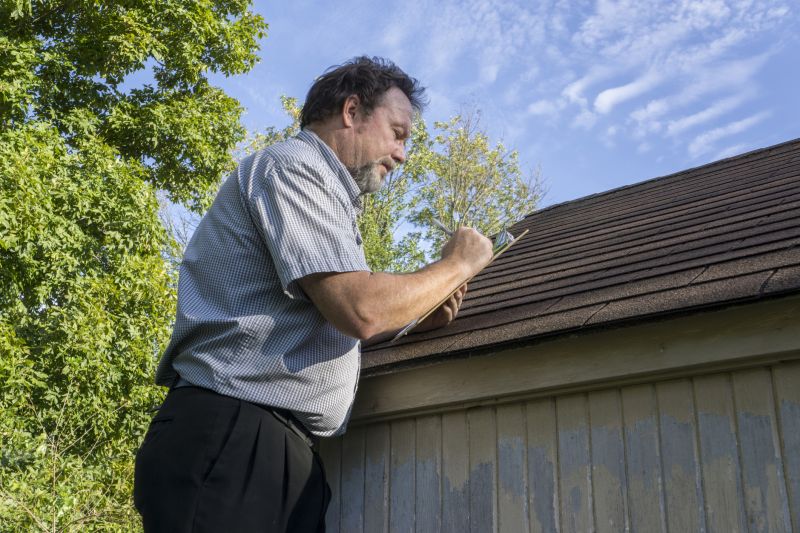
Early-season inspection to assess winter damage.
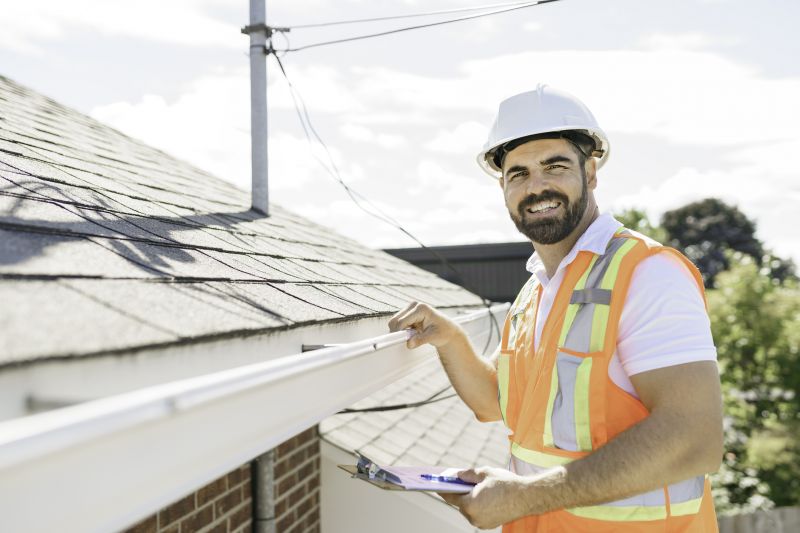
Preparing for winter weather conditions.
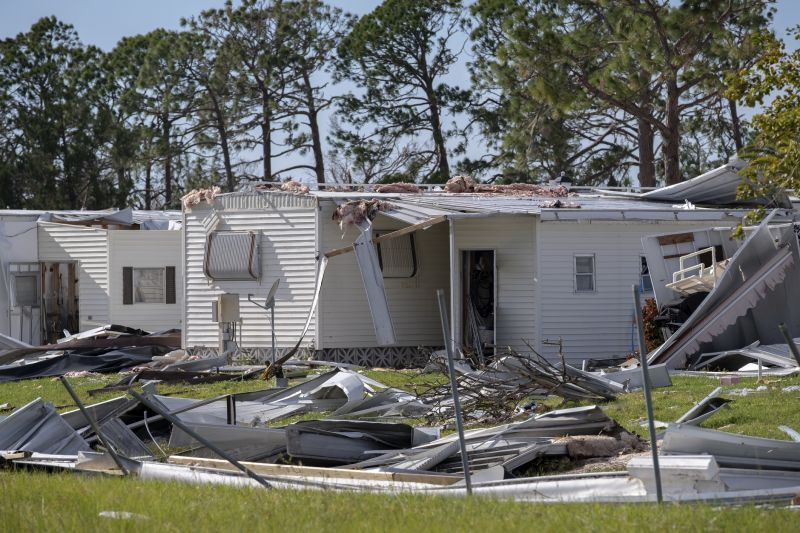
Assessing storm-related damage.

Ways to make Rubber Roof Inspections work in tight or awkward layouts.
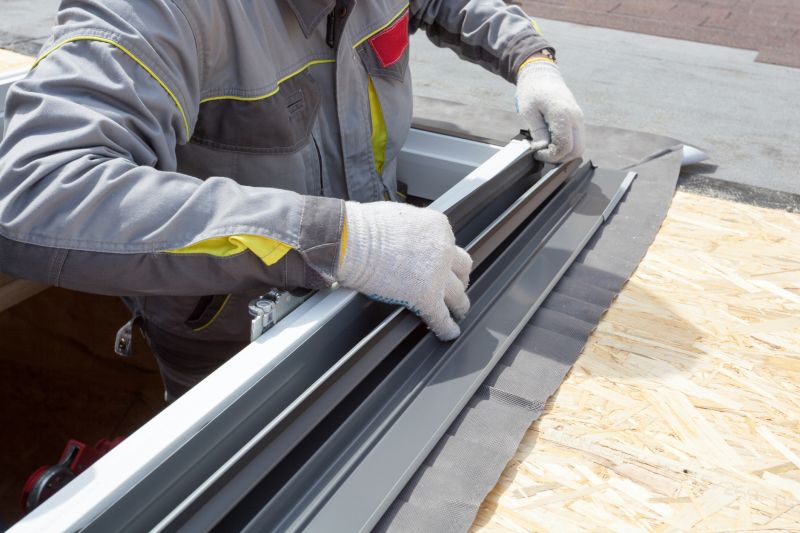
Popular materials for Rubber Roof Inspections and why they hold up over time.
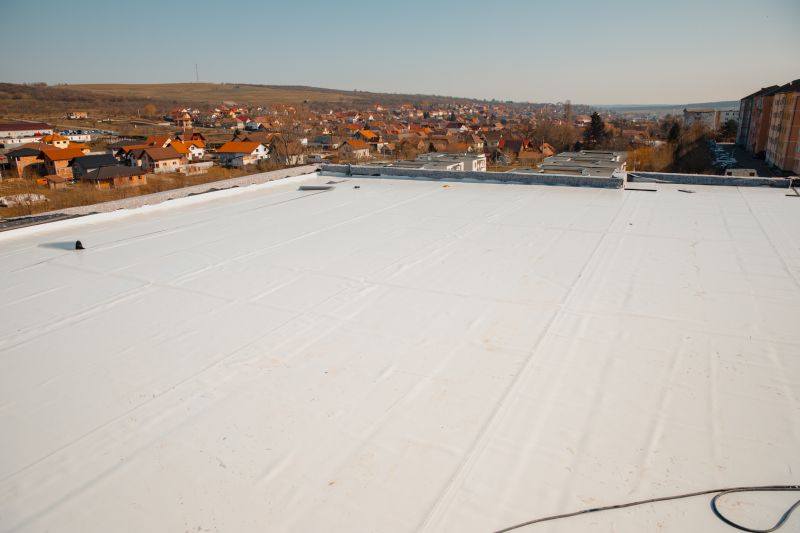
Simple add-ons that improve Rubber Roof Inspections without blowing the budget.
Rubber roof inspections are a proactive approach to maintaining roof performance. These inspections typically involve checking for surface cracks, punctures, seam separations, and signs of UV damage. Since rubber roofs are flexible and durable, they require less frequent repairs, but regular inspections are vital to ensure they remain in optimal condition. Statistics indicate that routine inspections can reduce repair costs by up to 30% and extend the lifespan of the roof by several years.
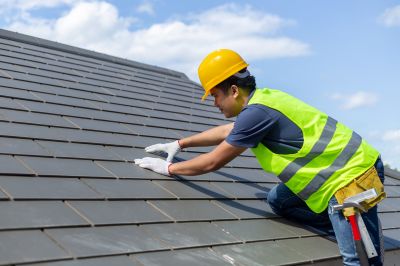
Technicians examining a rubber roof for damage.
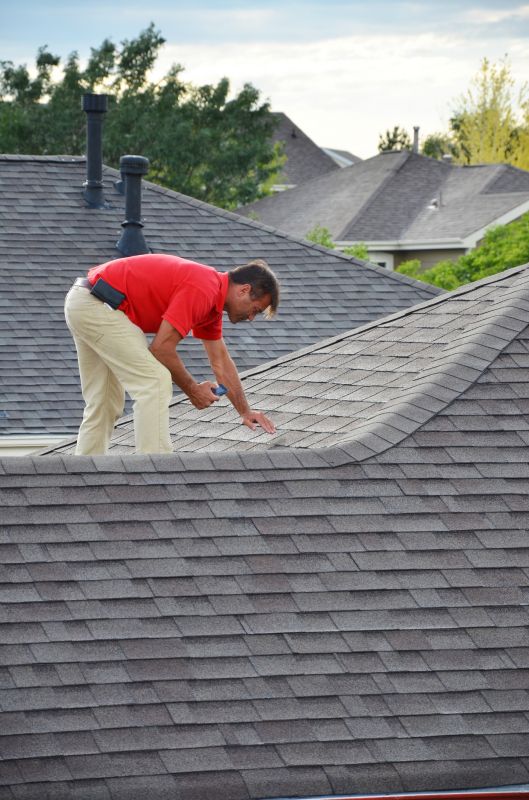
Identifying cracks and surface wear.
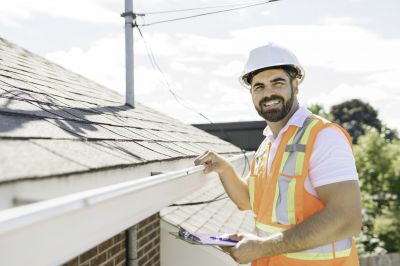
Checking for seam separations or leaks.
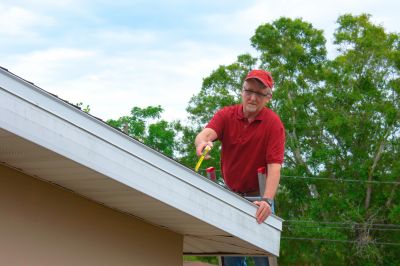
Preparing for repairs or preventative measures.
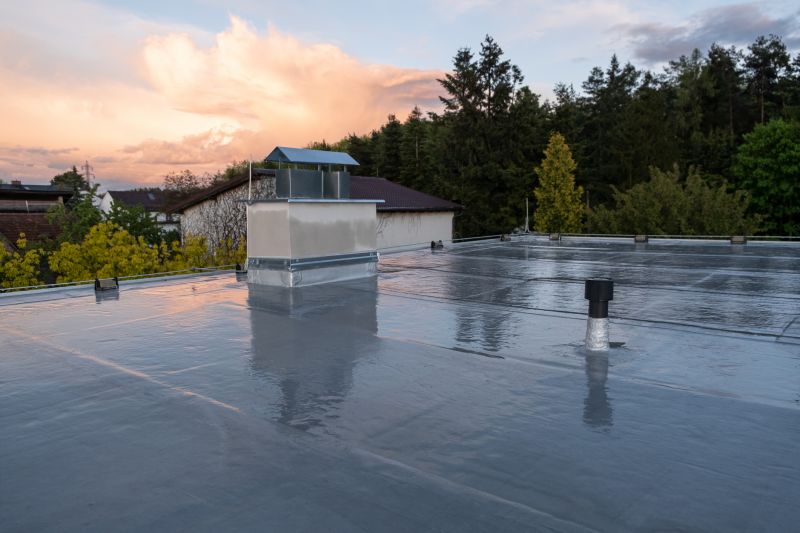
High-end options that actually feel worth it for Rubber Roof Inspections.
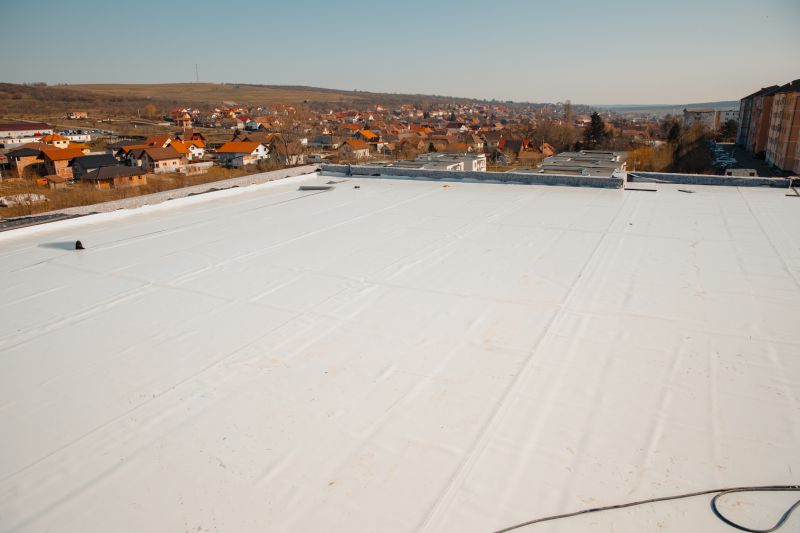
Finishes and colors that play nicely with Rubber Roof Inspections.
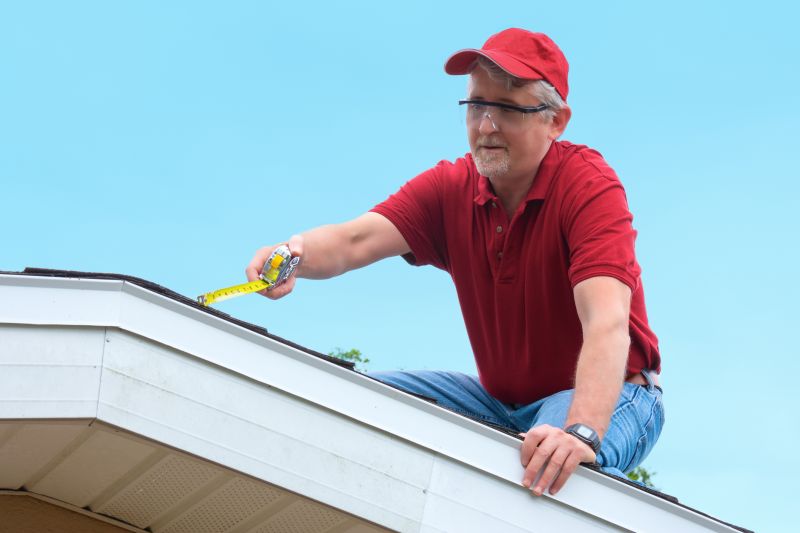
Little measurements that prevent headaches on Rubber Roof Inspections day.

A 60-second routine that keeps Rubber Roof Inspections looking new.
| Season/Time Frame | Ideal Inspection Activities |
|---|---|
| Spring | Assess winter damage, check for cracks, clean debris. |
| Summer | Monitor for UV damage, inspect after storms. |
| Fall | Prepare for winter, inspect seams and surface. |
| Winter | Limited inspections, focus on damage after storms. |
| Post-Storm | Immediate damage assessment after severe weather. |
Scheduling rubber roof inspections at strategic times throughout the year enhances durability and prevents unexpected failures. Regular assessments can identify minor issues before they escalate, saving costs and preserving the roof's protective qualities. For properties in regions with significant weather fluctuations, more frequent inspections may be recommended to adapt to changing conditions.
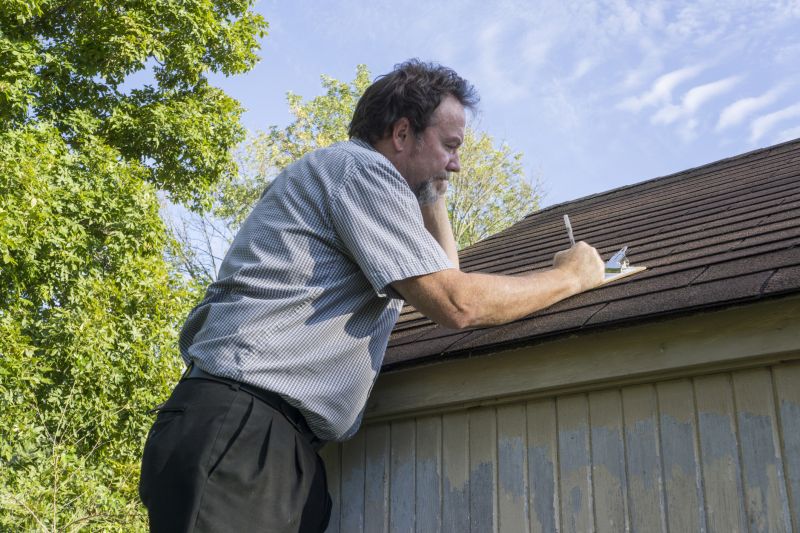
Professionals performing a roof assessment.

Locating surface cracks and punctures.
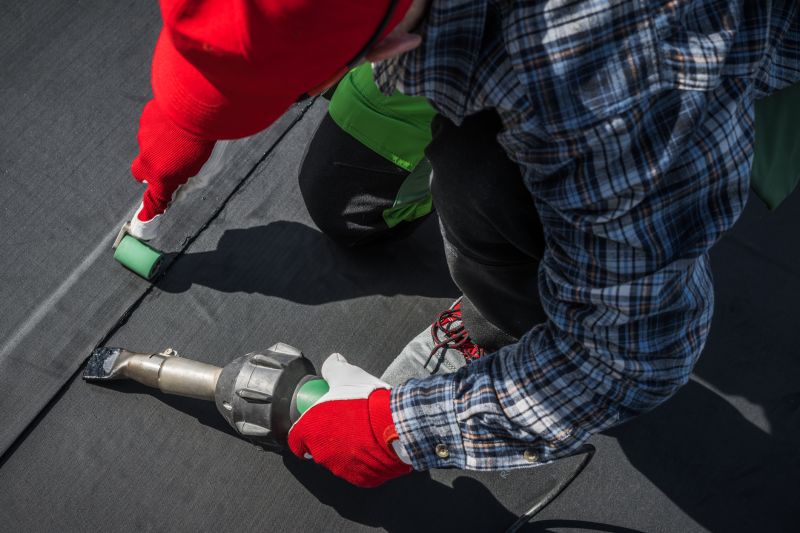
Inspecting seams for separation or leaks.
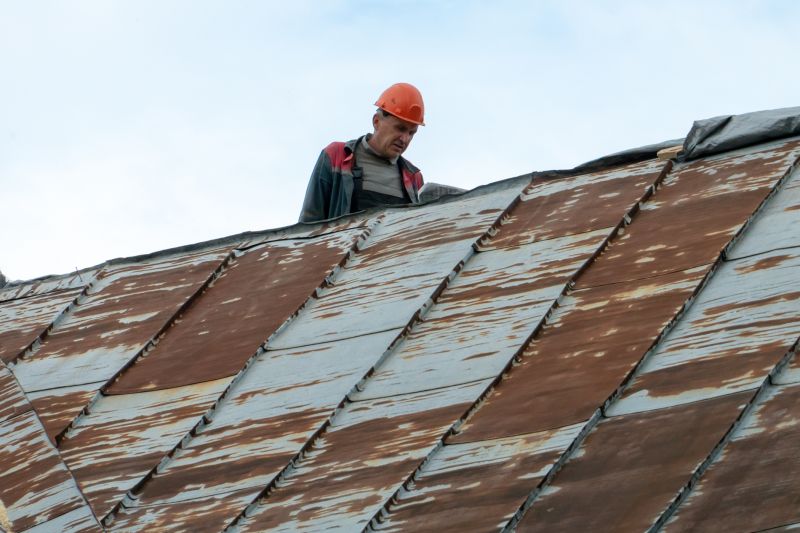
Planning repairs to extend roof life.
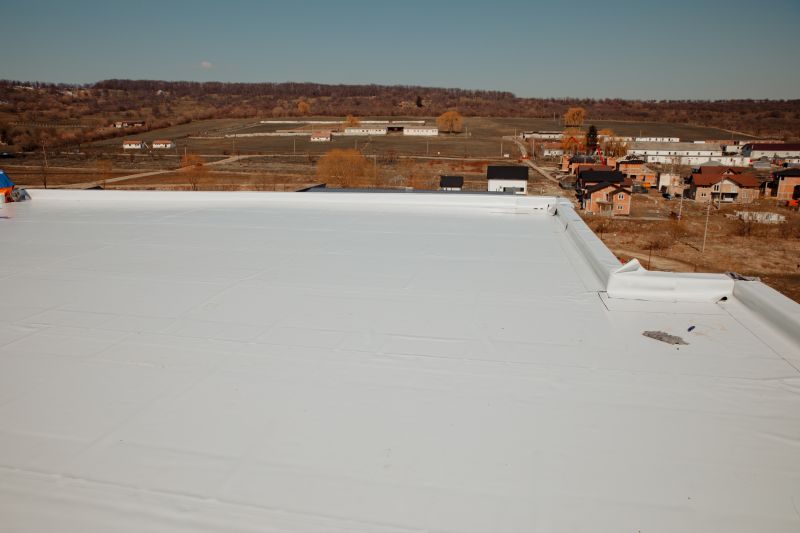
A frequent mistake in Rubber Roof Inspections and how to dodge it.
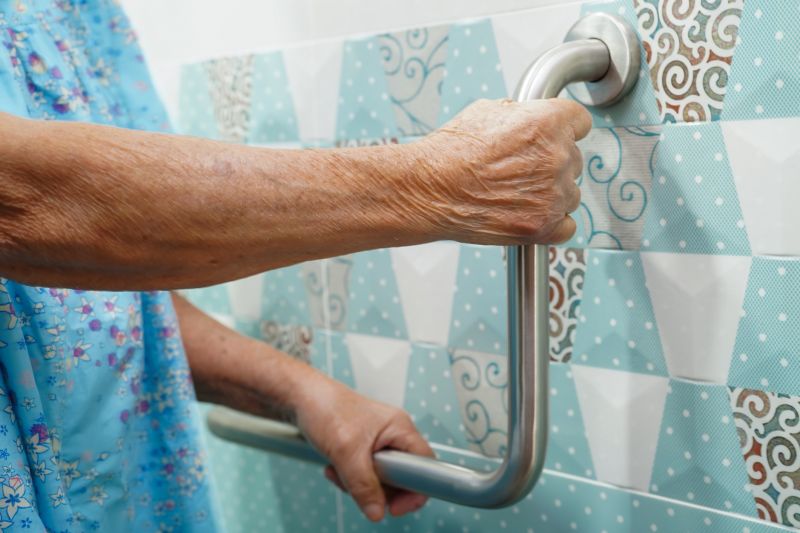
Small tweaks to make Rubber Roof Inspections safer and easier to use.
Interested property owners or managers should consider scheduling rubber roof inspections during the recommended periods to maximize roof performance and lifespan. Routine assessments can help identify issues early, reducing repair costs and avoiding potential water damage. Regular inspections are a key component of effective roof maintenance strategies.
